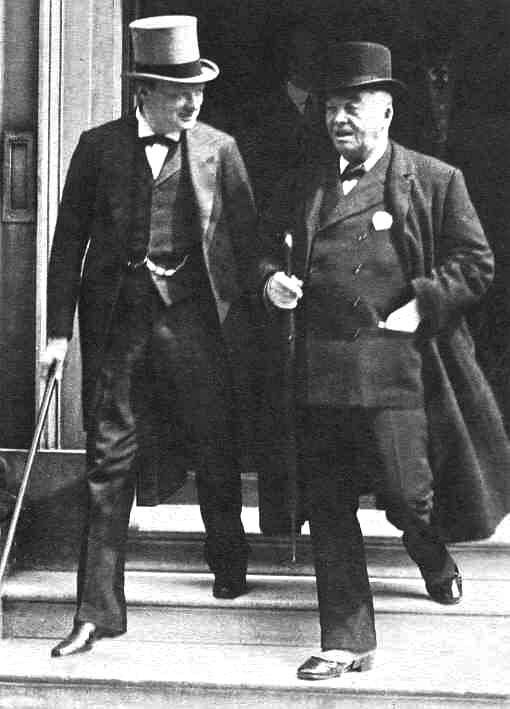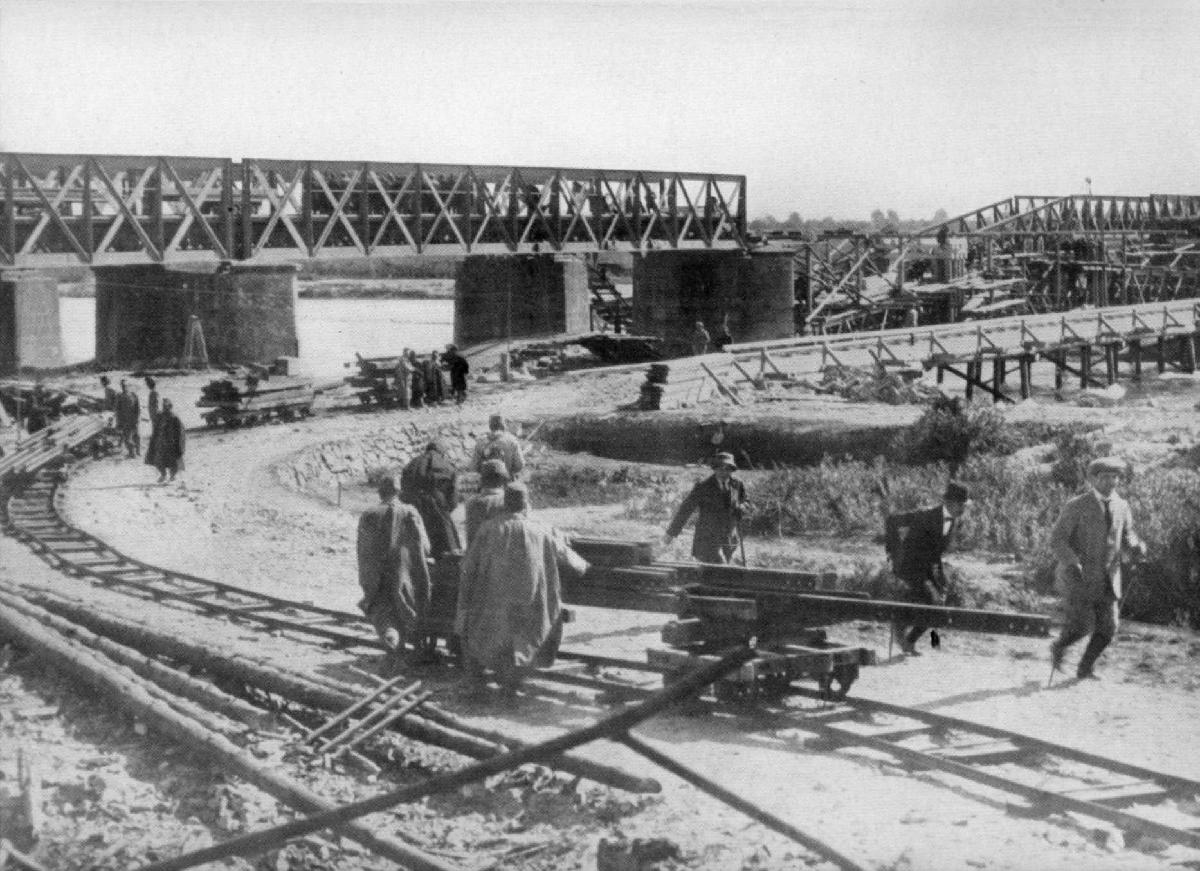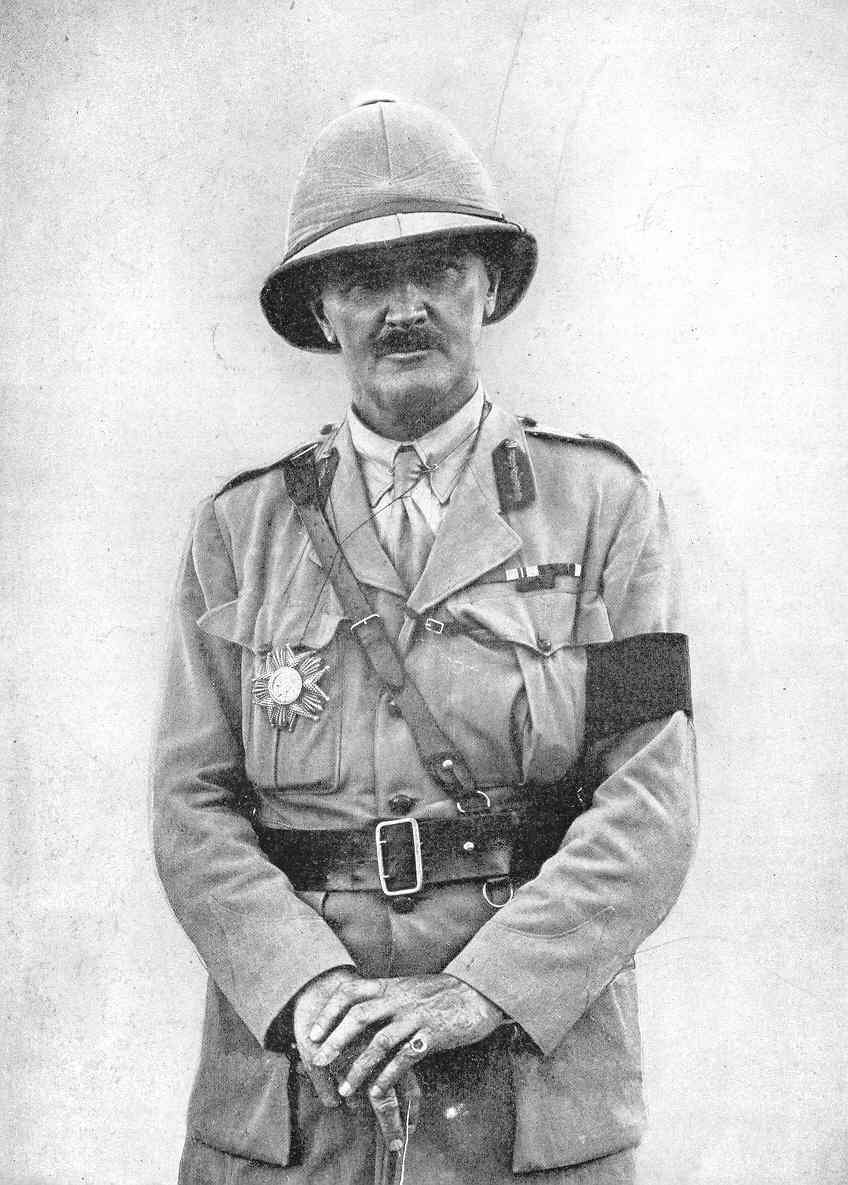13. "THE GREAT WAR" (WORLD WAR ONE)

1915

1915
 Continuing trench assault, gas – and
Continuing trench assault, gas – and stalemate – on the Western Front
 Colonial troops are brought into the
Colonial troops are brought into the
action
 The Turks stand their ground at Gallipoli
The Turks stand their ground at Gallipoli
 The Russian retreat on the Eastern Front
The Russian retreat on the Eastern Front
 Serbia falls to the Austro-Hungarians
Serbia falls to the Austro-Hungarians
 The war in the Middle East and Africa
The war in the Middle East and Africa
The textual material on page below is drawn directly from my work
A Moral History of Western Society © 2024, Volume Two, pages 82-85.
CONTINUING
TRENCH ASSAULT, GAS – AND STALEMATE – ON THE WESTERN FRONT |
|
The slaughter continues
As Christmas 1914 came and went, so with it went the idea that the war would be "over by Christmas." Along the entire Western Front soldiers had dug deep trenches and awaited orders to move up out of their trenches to face barbed wire, machine guns, and shell holes (with dead and decaying bodies in them) in order to advance on an enemy well entrenched in an opposing line of trenches. When nothing of strategic value was achieved in this butchery, troops still alive were called back, sent to a line of trenches in the rear in order to recover … until called once again to the forward line of trenches … where they sat in anticipation of poisonous gas coming their way or enemy canon shells to explode in their midst – while they awaited their next call to attack the enemy across "no-man's land." It was the Germans that got the brilliant idea of bombarding the enemy with poisonous gas, with the hope of clearing the enemy trenches before their assaults. But while this proved deadly it did not prove as effective as they had hoped in clearing the enemy lines, and soon the British and French were attempting the same tactic, also now employing gas masks to protect themselves in the process. Between the gas attacks and the constant barrage by enemy artillery, life on the front was a person’s worst nightmare, one that refused to go away. There was no escaping the slaughter. The casualty lists soon numbered in the millions on both sides. So life went on for millions of young Europeans (and colonials from around the world as well), day after day, week after week, month after month, and now year after year. Survival was not really expected. |
Imperial War Museum, London


COLONIAL
TROOPS ARE BROUGHT INTO THE ACTION – TO SEE HOW CIVILIZED NATIONS SLAUGHTER EACH
OTHER |

GERMAN
ZEPPLINS BOMB ENGLAND |

THE
WAR AT SEA |
National Archives NA-111-SC-16568
National Archives NA-111-SC-16578


OTHER NATIONS JOIN IN |
| It
seems strange that with the horrifying experience of the Great War (as
it was coming to be called) by this point a year old, any other
countries would want to get involved. But political folly is not
unknown in high political places. Bulgaria
For Bulgaria there was in fact a good reason for joining the war: to get back the lands that it had lost to Serbia and Greece in the Balkan wars. In this they largely succeeded ... until the war turned against their German allies in 1918. Italy
Italy, however, was another story. Italians were deeply divided about the war. In one of the many secret treaties being issued during the war, the British and French in April of 1915 promised the Italian government lands taken from Austria along the upper Adriatic Sea coast and along the southern slopes of the Alps ... plus the possibility of picking up colonial territory from the Germans in Africa. And although many Italians were adamantly opposed to getting involved in the war for any reason, pro-war enthusiasts, led especially by the fiery D’Annunzio, finally got most of Italy worked up for war. Finally in May Italy declared war, coming in on the side of the British and French against Italy’s former allies Germany and Austria. Not all Italians would be happy about this. Italy was really not prepared mentally or physically for such a war. As it turned out, the Italians were unable to dislodge the Austrians from the mountainous Italian province of Trentino, despite repeated efforts. Finally they would find themselves in a humiliating retreat in the face of an advancing Austrian army in late 1917 after the fall of the Italian forward position at Caporetto. Rumania (Romania)
Romania also decided to enter the war (August 1916) after promises for territorial compensation were made to it similar to those made to Italy. When in September Romania invaded Hungarian Transylvania to collect on those promises, they were only briefly successful in holding that territory, before they were thrown back by a joint attack of Austria and Bulgaria. Before the year was out Romania had to yield not only its capital city Bucharest but most of its land to the invading Bulgarian and Austro-Hungarian forces. Romania was effectively knocked out of the war. But still … promises are promises. And at war's end Romania was ranked among the "victors" and awarded the Hungarian lands originally promised to them by the British and French. |

THE
TURKS STAND THEIR GROUND AT GALLIPOLI |
| Because
of the murderous stalemate facing the British in their war against the
Germans, the head of the British navy, Winston Churchill, came up with
a plan to
strengthen Russia’s fighting capacity on the Eastern Front (helping to
relieve German pressure on the Western Front) by opening up a direct
line of supply to Russia from the Mediterranean through the
Dardanelles. That would of course require taking out
Turkey. But Churchill was convinced that with a surprise attack
launched directly at Constantinople (March 1915), the Turks would be
neutralized and the way then cleared for this supply line to be opened
up. But the key to the strategy was speed. And things just
did not go Churchill’s way from the very start. The Turks had mined the waters and these needed to be cleared before the small fleet of British and French ships could head on to Constantinople. The Turkish shoreline forts were quickly reduced ... but clearing the mines proved to be more time consuming than anticipated. As days passed British and French ships were sunk. The Turks seemed able to maintain a steady attack on the invading fleet, though it also seemed that the Turks might be running out of ammunition. However the word was out that German relief ships were heading toward the battle ... and the local commanders convinced British headquarters that with bad weather and huge naval losses the effort had failed and the fleet needed to pull back. The plan now shifted to the idea of landing shore parties to march overland toward Constantinople, destroying Turkish positions as they went, and allowing the fleet to try again to open the Dardanelles to allied shipping. The new plan included bringing Australian and New Zealand soldiers up from the British command in Egypt to join the attack. Days went by as the commanders worked out the details of the plan, not realizing that the Turks – who were not the weak-willed Ottomans as the British and French had supposed – were also readying themselves to resist exactly the plan they by now had guessed that the British and French were working on. When finally at the end of April everything seemed ready, the Allied troops went ashore, only to discover that the Turks, under the command of Mustafa Kemal (the "hero of Gallipoli" and future Turkish leader), were well entrenched in the heights above the beaches and – armed with massive firepower – were eagerly awaiting them. The Allies thus found themselves largely stranded along the Gallipoli shores unable to make any serious progress against the Turks. More troops were brought in ... on both sides. Gradually the Gallipoli Front was taking on the character of the Western front as both sides dug in deeply ... neither side able to advance against the other, yet neither side willing to give up their positions either. Now the Gallipoli campaign would drag on and on. With Bulgaria’s entry into the war on Germany’s side (September), supplies could now be brought directly from Germany to Turkey, ending all possibilities of the British simply wearing down the Turks to the point of surrender. When winter then came on (soldiers were dying in great numbers from disease and exposure) the decision was finally made to abandon the effort. In December the Allies pulled their troops out of Gallipoli, leaving behind only a memory that would never be forgotten by the parties involved ... on both sides of the engagement. |


Liman von Sanders

Sir Ian Hamilton




Imperial War Museum, London

as a shell from the Turk's "Asiatic Annie" falls close by - 1915
Imperial War Museum, London

Imperial War Museum, London
THE
RUSSIAN RETREAT ON THE EASTERN FRONT |

Kriegsarchiv, Vienna


Kriegsarchiv, Vienna
Kriegsarchiv, Vienna
Kriegsarchiv, Vienna
Austrian engineers rebuilding
a bridge over the Dunajee
after Mackensen pushed the Russians out of Galicia
in May of 1915
Kriegsarchiv, Vienna
SERBIA
FALLS TO THE AUSTRO-HUNGARIANS |
| In the fall of 1915 Austria-Hungary and its allies Germany and Bulgaria joined forces to hit the Serbians hard. The Serbians were forced to retreat, leaving their capital Belgrade in enemy hands ... even falling back into the Albanian mountains, and finally being chased down even there. Remnants of the Serbian army were finally, with British and French help, able to escape to Greece. In all the Serbs lost over a million men (more than a quarter of its population and over half of its male population). |

Musée de la Guerre, Paris

Imperial War Museum, London
THE
WAR IN THE MIDDLE EAST AND AFRICA |


THE
WAR ON THE HOME FRONT |

Go on to the next section: 1916

Go on to the next section: 1916









































